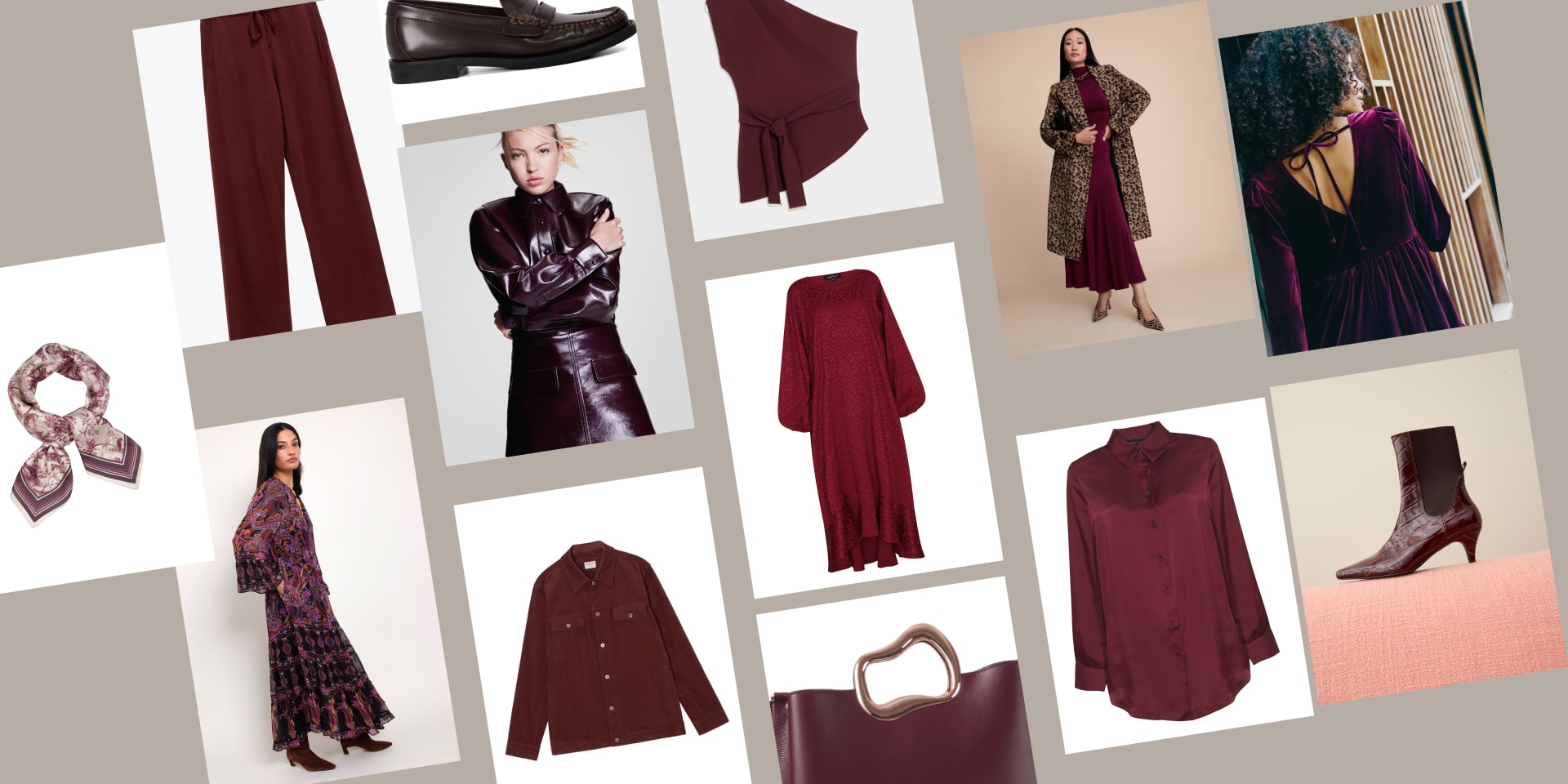Sustainable fashion is on the rise as people care more about where their clothes come from and their impact on the planet. From eco-friendly fabrics to ethical labour, the industry is shifting towards a more responsible approach.
However, one often-overlooked hurdle is tariffs, which can significantly affect the cost, accessibility, and future of sustainable fashion.
Unpacking How Tariffs Affect Sustainable Fashion
Tariffs, essentially taxes on imported and exported goods, can complicate life for manufacturers and sellers. When sustainable brands look to source eco-friendly fabrics, like organic cotton from India or hemp from Canada, these materials don’t always come cheap. Add tariffs into the equation, and costs can skyrocket. For example, a brand importing low-impact fabrics might face a 10% tariff, which directly increases the cost of producing each garment.
These added costs rarely stay at the manufacturing level. Most brands pass them on to consumers. That’s why you might notice sustainable clothing carrying a higher price tag than fast fashion pieces. Tariffs contribute to this price difference, making it harder for some shoppers to afford eco-conscious brands, even if they want to make better choices.
This dynamic creates a frustrating cycle. Ethical brands often have to compete with fast fashion, an industry notorious for cutting corners on both labour and environmental standards.
Production Costs vs. Planet-Friendly Goals
When a sustainable brand designs clothing, one goal is to ensure the product is made with minimal harm to the planet. This often means swapping synthetic, high-pollution materials for renewable, biodegradable options. However, many eco-friendly fabrics aren’t produced domestically in some regions due to climate limitations or a lack of infrastructure.
Take organic silk, for example. A UK-based brand might need to source it from smaller producers overseas. Tariffs on imported materials can lead to tough financial decisions. Brands face dilemmas about whether to absorb the costs, adjust their pricing, or cut back on sustainability commitments to remain competitive. Smaller businesses are particularly vulnerable, as they have fewer resources to cushion these pricing shocks.
On the other hand, lifting or lowering tariffs on specific eco-friendly materials could encourage brands to stick to their green principles. Imagine if fabrics like Tencel or organic linen faced reduced tariffs. They would become more accessible and help close the price gap between sustainable choices and their cheaper, more harmful alternatives.
How Tariffs Reshape Global Trade Dynamics
The sustainable fashion industry thrives on teamwork, with countries specializing in materials and depending on global supply chains. Tariffs can help strengthen these connections, or throw a wrench in the works.
Take a European brand using sustainable wool from New Zealand, for example. Lower tariffs make it easier for both the brand and the supplier, while higher tariffs from trade disputes drive up costs and push brands to find cheaper alternatives, which harms suppliers. It’s a domino effect.
That’s why trade negotiations play such an important role in the future of sustainable fashion. Advocates are calling for flexible trade policies that balance environmental and economic needs. Reducing tariffs on sustainable materials could encourage wider adoption, benefiting both the planet and the fashion industry.
The Consumer’s Perspective
For most of us, tariffs aren’t exactly top of mind when we visit an online store or a favourite boutique. But they subtly shape what’s available to us and at what price. A sustainable jumper might seem expensive, but behind the scenes, costs are increasing due to high import taxes on its organic wool. This reality can be discouraging when you want to support brands that don’t cut corners on ethics.
That said, some consumers are willing to pay a premium as a way of “voting with their wallet” for sustainable practices. While admirable, this isn’t possible for everybody, which is why larger-scale solutions are essential. If trade policies shifted to lower tariffs for genuinely sustainable fashion, it could make a meaningful difference for eco-conscious brands and their customers.
Efforts like fair trade certifications also aim to bridge this gap. These systems ensure ethical practices from farm to shop and can sometimes provide tariff relief to certified partners. However, wider changes in the global trade system would still offer the biggest boost, levelling the playing field for a greater number of producers and buyers.
What’s Next for Sustainable Fashion?
It’s clear that sustainable fashion and tariffs are intertwined in a way that doesn’t always benefit the planet or consumers. Adjustments to trade policies and strategic collaborations could bring about much-needed fairness and growth for this emerging industry.
Groups advocating for eco-certifications and lower tariffs on green materials are helping to push us closer to solutions. Over time, these efforts could make sustainability mainstream, without sky-high prices acting as a barrier.
For consumers, staying informed is key. Supporting brands that prioritise transparency and ethical practices can help drive demand for change further up the chain. At the same time, pressing for political and trade reforms is essential to build a fashion system that’s both cost-effective and planet-friendly.
In the end, it’s all about finding balance. Sustainable fashion is already doing its part to blend style, responsibility, and practicality. If trade policies and tariffs can get on the same page, the future of fashion will be looking a whole lot brighter, for both our closets and the planet.








